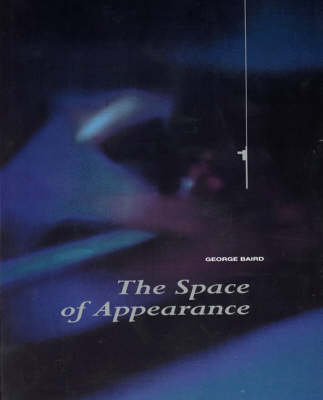The MIT Press
1 total work
What is architecture's place in the world? Combining history, theory, and polemic, George Baird probes into the conceptual lineage and current expressions of postmodernism and the critique of postmodern architecture over the past four decades, revealing the general failure of these theories to develop an architecture that is politically engaged and affirmative of the public sphere. Hannah Arendt's imperative of worldliness plays a pivotal role in Baird's reading of what has come to be called architecture's belief system. It is not enough, he argues, to reject the totalizing models of publicness that have been typical both of modernism and of many of its postmodern successors. Rather, he insists, it is necessary to construct a "space of appearance" that is large and diverse enough to make places for all of us. Baird stakes out clearly and sharply the recent history of ideas that bear on the field, recovering influences and ideas that have been omitted from standard histories of modernism and building an understanding of our present dilemmas that is constructive and critically informed. The period from 1960 to the present has seen the collapse of the conditions that shored up modern architecture, as conventionally understood, and has also seen modernism succeeded by a whole series of tentative alternatives, none of which has successfully achieved the decisive legitimization modernism once held. After an extended introduction that situates architecture's current dilemmas within the broader currents of cultural theory, The Space of Appearance focuses on specific historical episodes or developments. Each chapter outlines a different controversy or series of controversies, or depicts the gradual and insidious erosion of certain firmly held beliefs. Each chapter is also structured around a conceptual account of issues that have evolved in the trajectory of contemporary cultural theory since the key interventions of Arendt in the 1950s.
